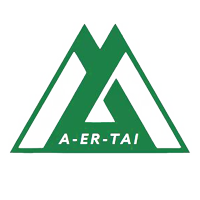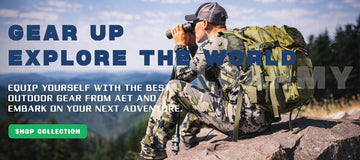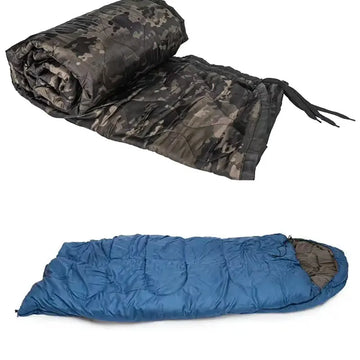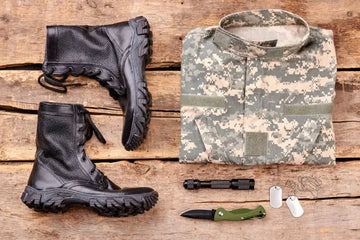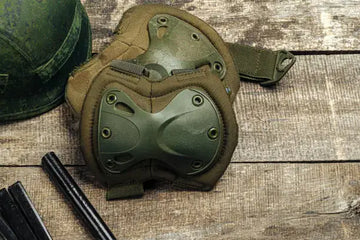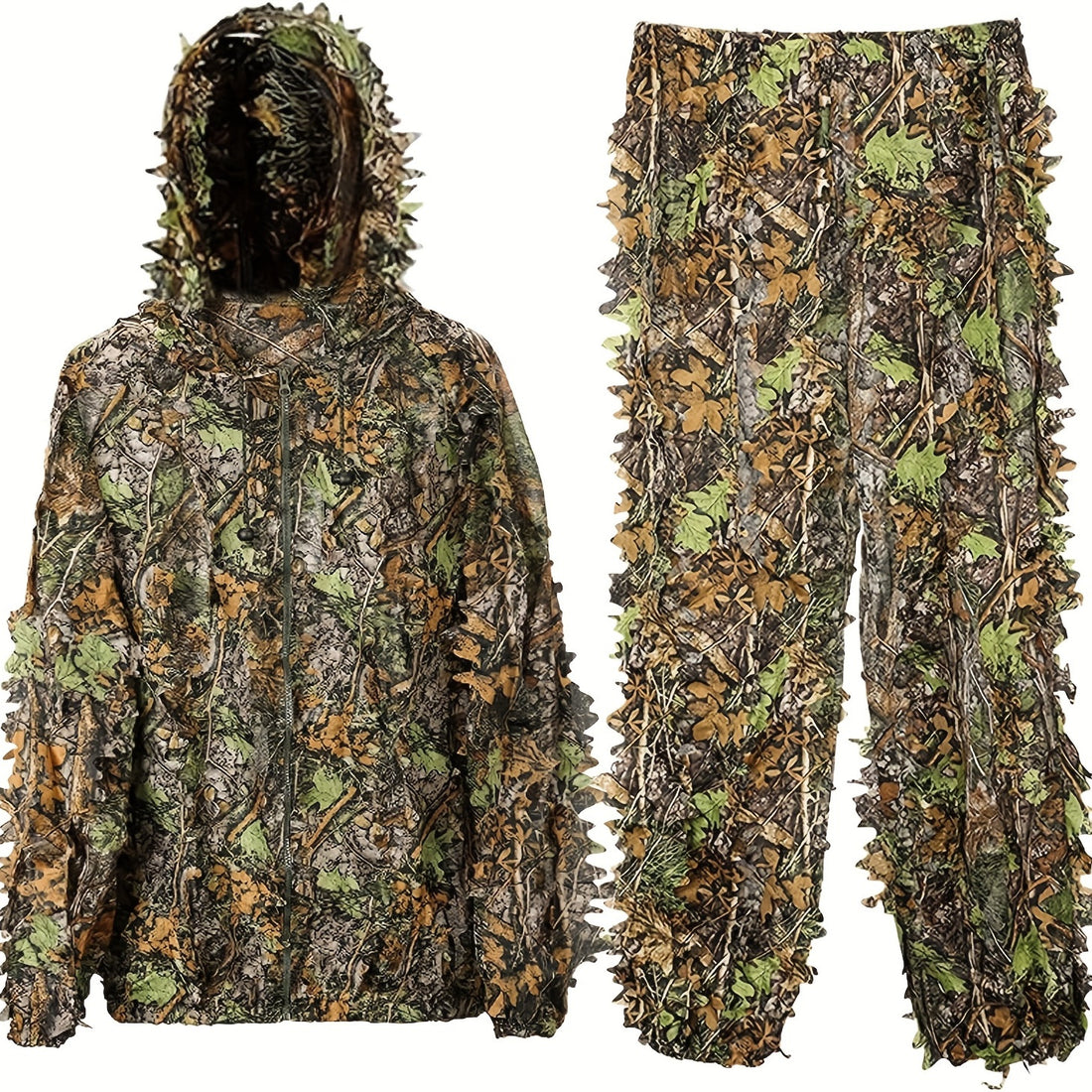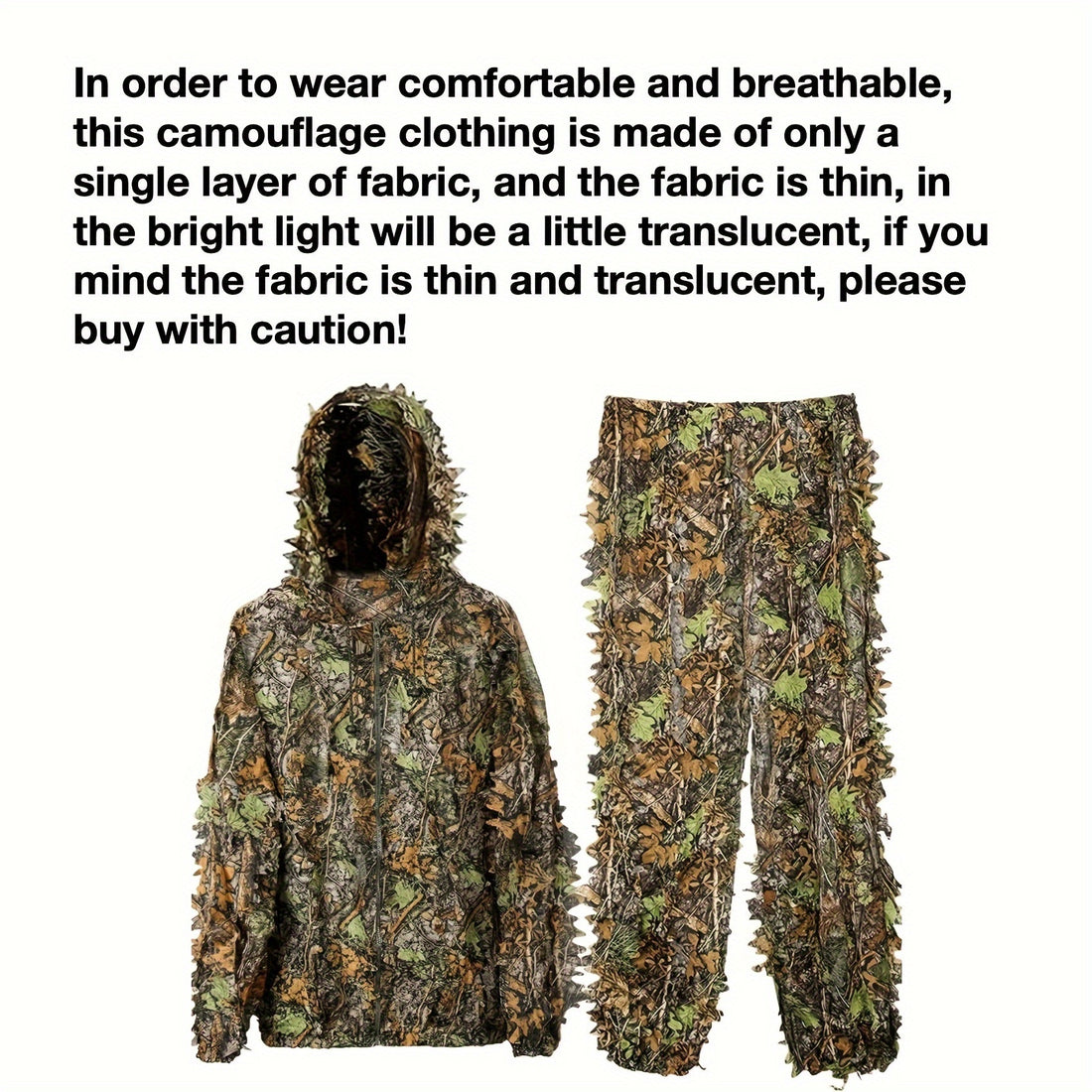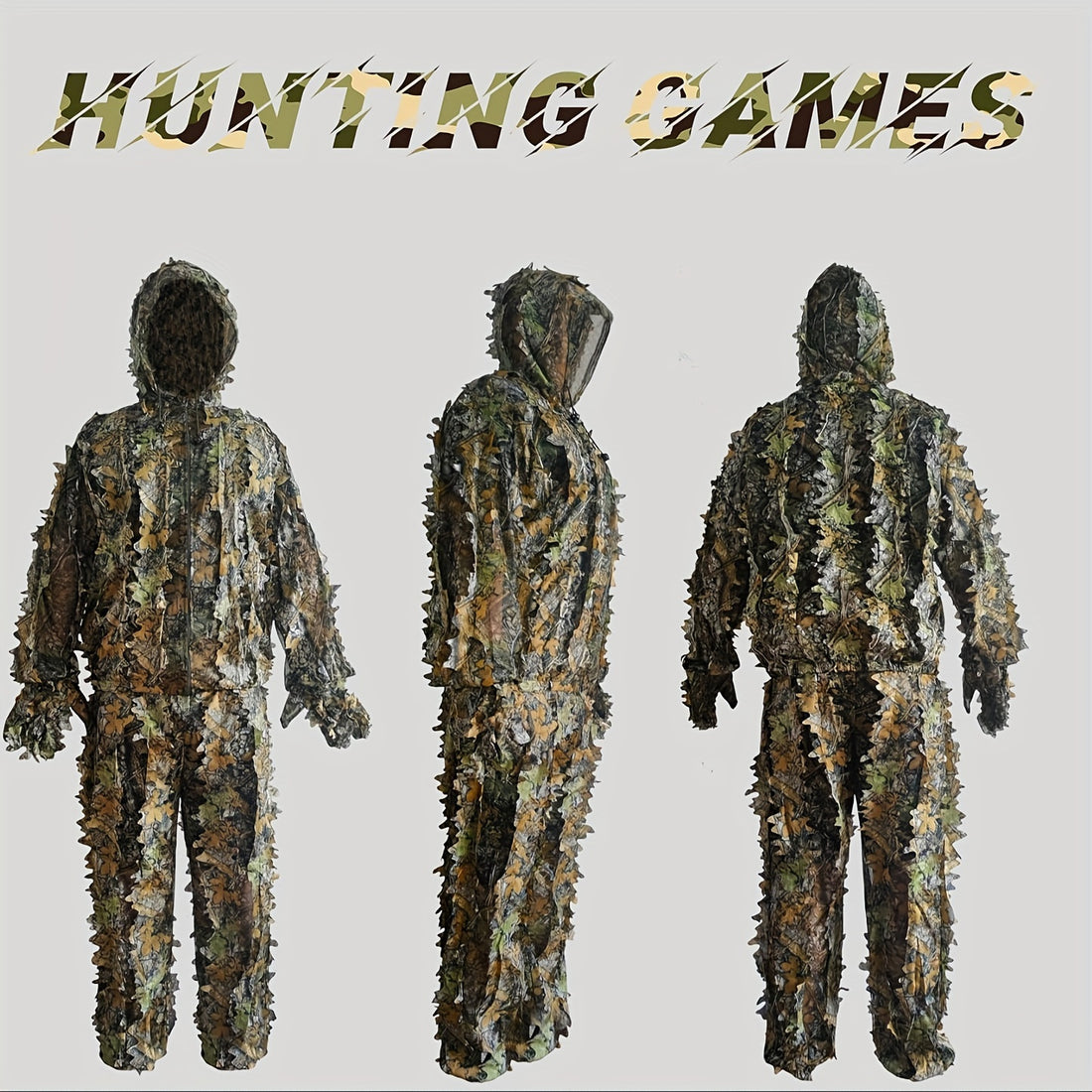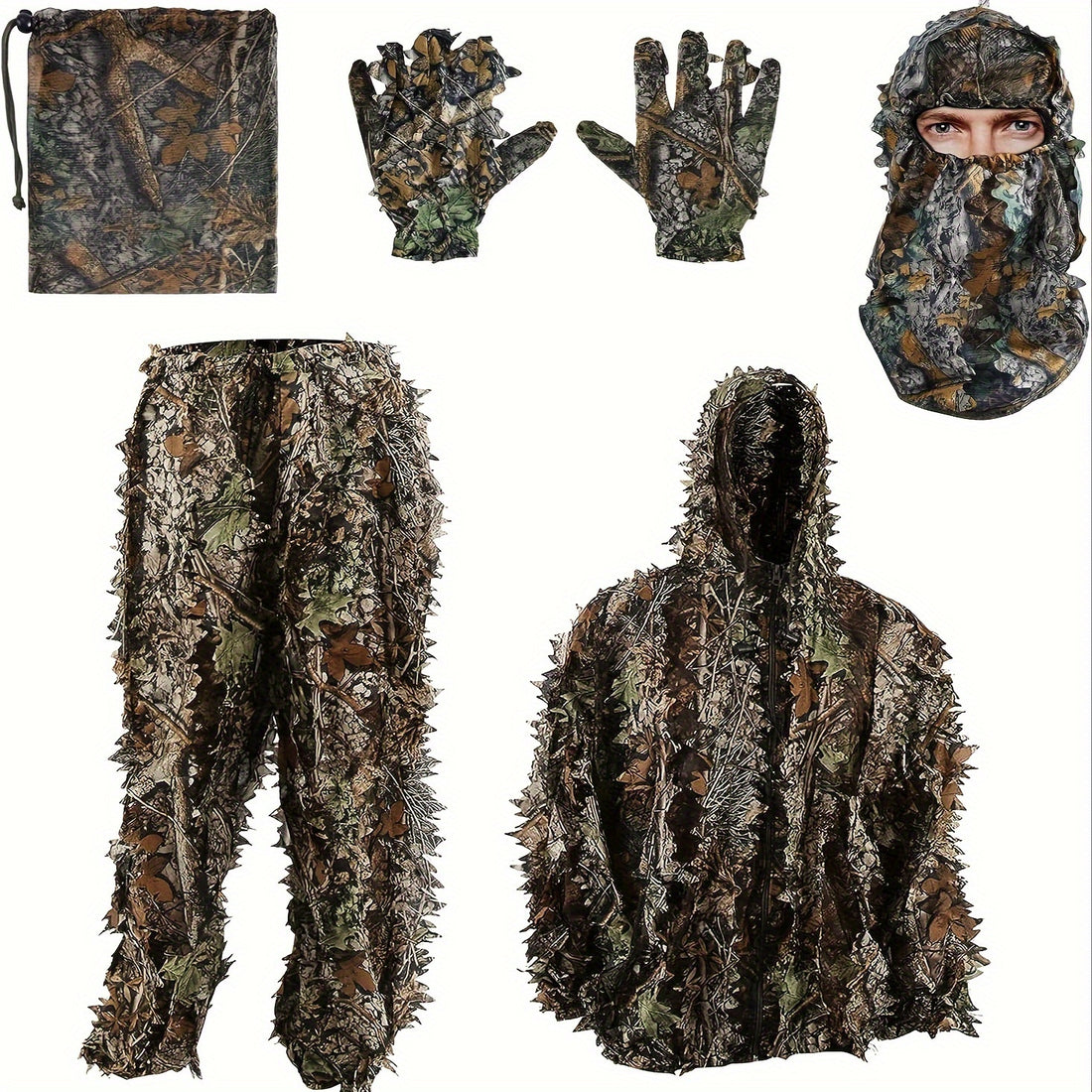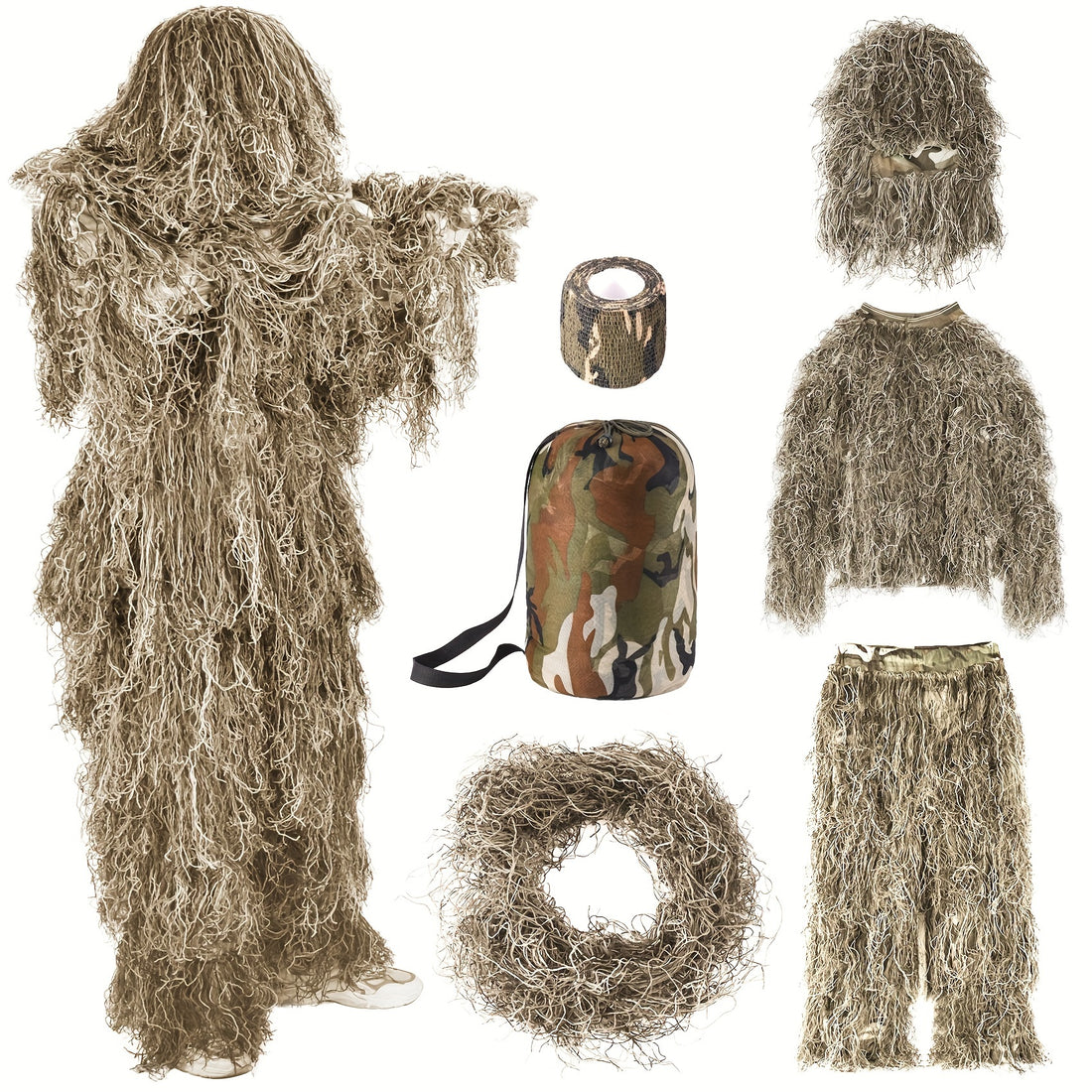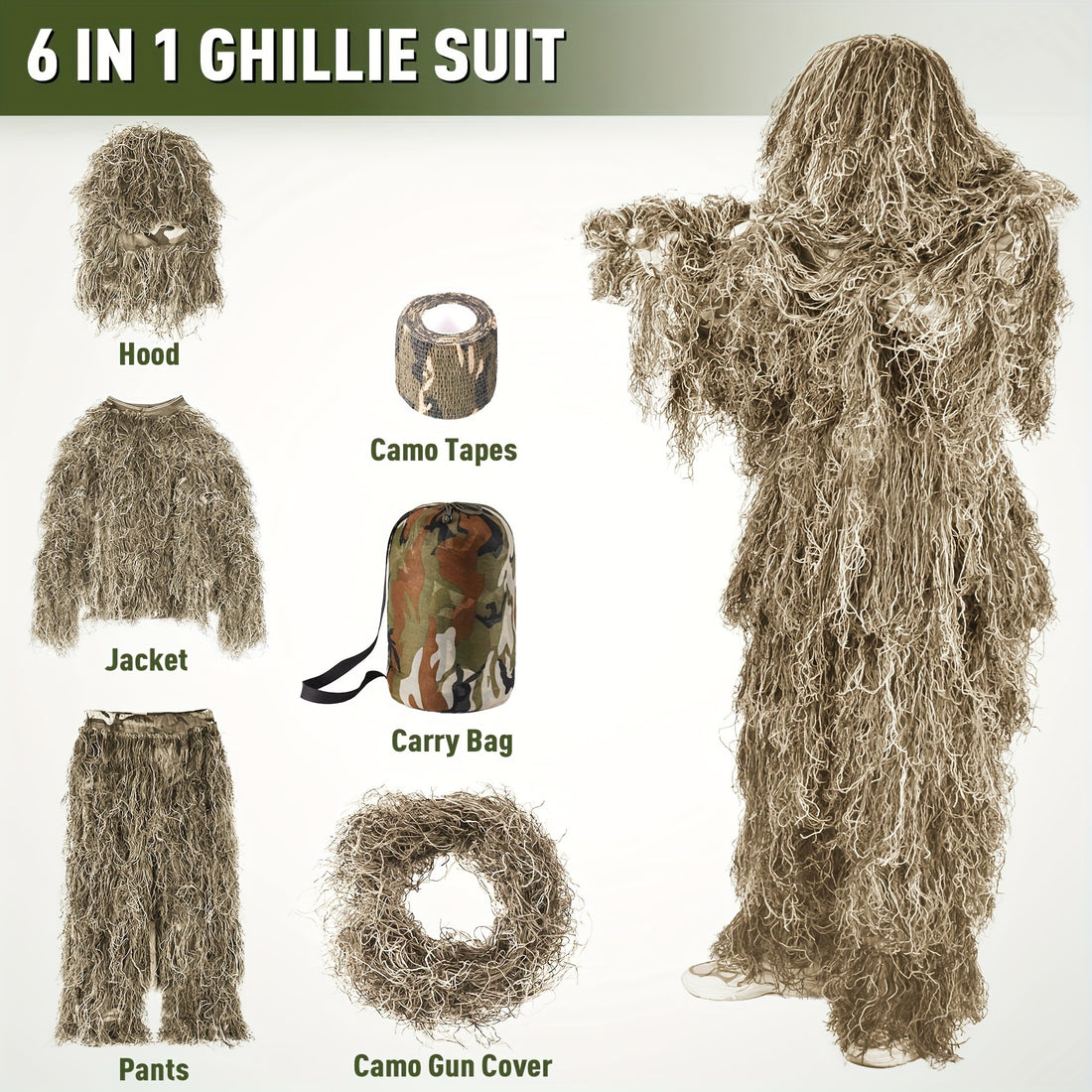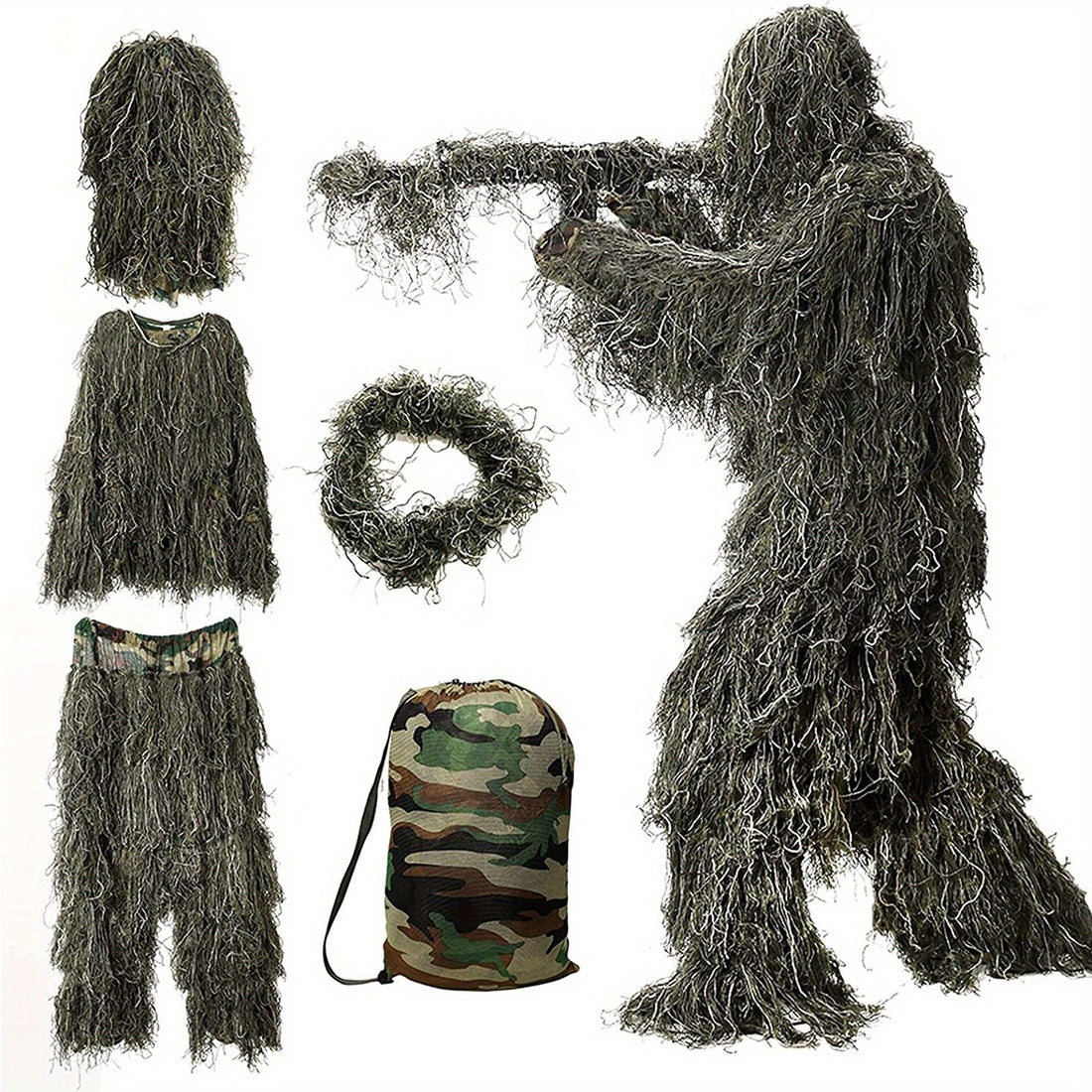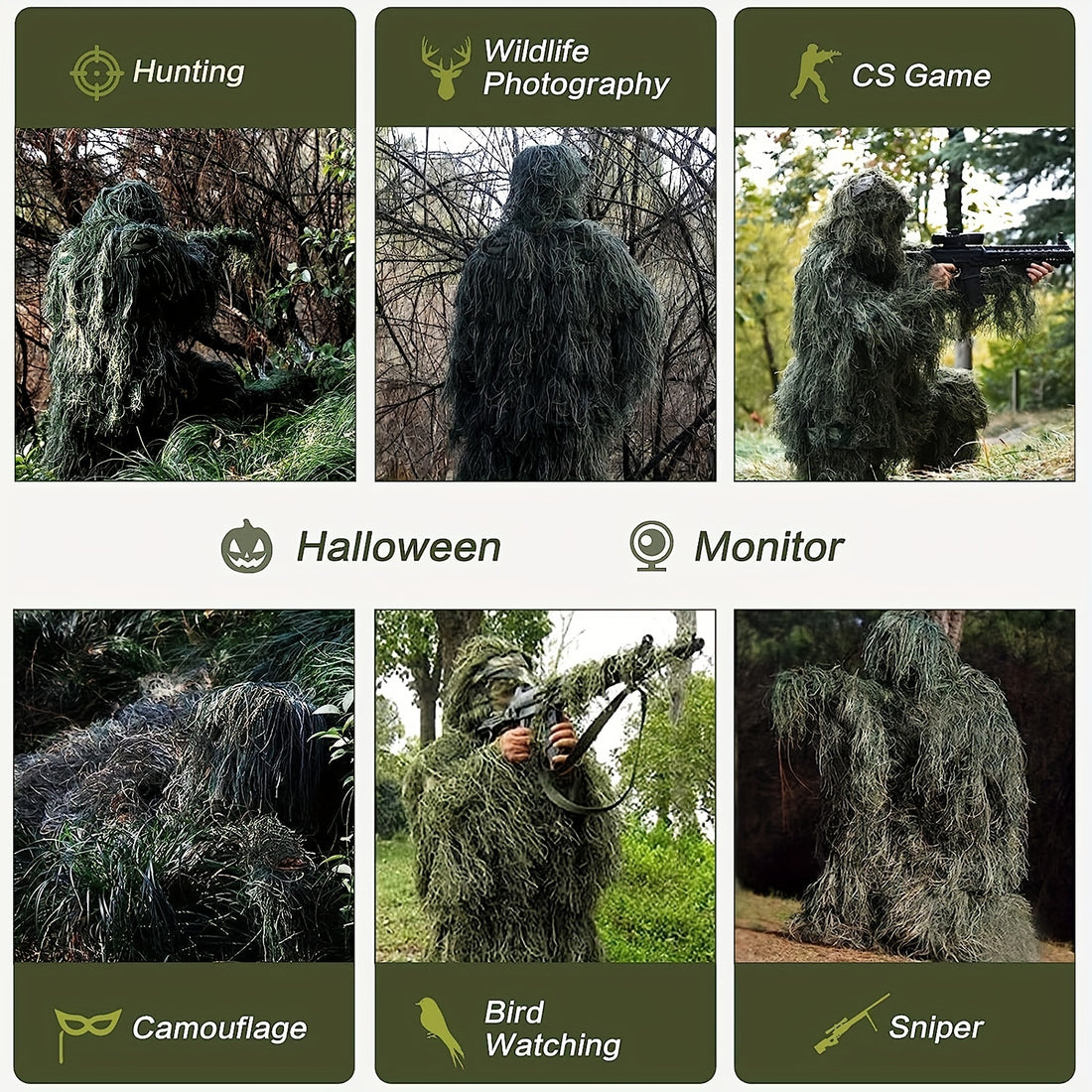The MOLLE (Modular Lightweight Load-carrying Equipment) system's greatest strength is its customizability. However, this vast array of choices can be overwhelming. The key to building an effective kit is not to collect every possible accessory, but to understand and prioritize your core needs.
This guide breaks down MOLLE accessories into logical tiers, helping you build a functional, organized, and mission-ready loadout from the foundation up.
How to Organize Your MOLLE Accessories
Before selecting any pouch, it's helpful to think about your gear in layers of priority. Start with the universal basics, then add items for your specific role, and finally, integrate accessories for fine-tuning and personalization. The following categories are a flexible framework to guide your choices, as your specific needs will ultimately determine what is "essential" for you.
Essential MOLLE Accessories for Every Kit
These accessories address fundamental needs for safety, sustenance, and core task organization. They form the non-negotiable foundation of most tactical, hunting, or outdoor kits.
This is the most common MOLLE accessory. They securely hold your rifle and pistol magazines.
- Considerations: Choose between open-top designs for speed, bungee-retention for security during movement, or flap-covered for maximum protection from the elements. A good rule of thumb is to have at least 2-3 rifle mags and 1-2 pistol mags on your primary vest or belt.
2. Medical Pouch (IFAK)
An Individual First Aid Kit is not just a "nice-to-have"; it's a critical piece of safety equipment. A dedicated MOLLE IFAK is designed for rapid access to life-saving supplies like tourniquets, hemostatic gauze, and chest seals.
- Considerations: Place your IFAK in a standardized, easily reachable location—often on your lower back or side. Ensure everyone in your team knows where it is and how to use it. For proper training, resources like the Committee for Tactical Emergency Casualty Care (C-TECC) provide guidelines.
3. Hydration Carrier
Staying hydrated directly impacts performance and safety. A MOLLE-compatible hydration carrier holds a water bladder and allows you to route a drinking tube over your shoulder for hands-free access.
- Considerations: These are often mounted on the back of a plate carrier or inside a backpack. Look for insulated tubes for hot or cold climates and a quick-disconnect fitting for easy refills.


4. Administrative (Admin) Pouch
This is the "office" of your kit. An admin pouch organizes small, frequently accessed items like a notebook, pen, map, GPS, compass, or multi-tool.
- Considerations: Typically placed on the front of the vest or chest rig for easy visual access. A clear window on top is perfect for holding a range card or mission-critical instructions.
Specialized MOLLE Accessories for Mission-Specific Needs
Once your foundation is set, add these items to enhance your capabilities for a specific role, task, or activity.
5. Radio Pouch
Clear communication is a force multiplier. A dedicated radio pouch protects your communication device and keeps it accessible. Look for one with an internal retention strap and a pass-through for the antenna and microphone cable.
- Considerations: For a team leader, this moves from "specialized" to "essential." Position it on your chest or shoulder for easy access.
6. Utility/General Purpose Pouch
This is your versatile, catch-all storage solution. Use it for items that don't have a dedicated pouch: batteries, snacks, gloves, a survival kit, or breaching tools. Its flexibility makes it invaluable for adapting to unexpected needs.
- Considerations: Use one or two of these to handle gear that is important but not frequently accessed, keeping your front panel clean for priority items.
7. Dump Pouch
A dump pouch is a collapsible pouch that attaches to your belt or vest. Its primary use is to hold empty magazines during a reload, preventing litter and allowing for later recovery. It can also be used to quickly stow other gear or carry foraged items.
- Considerations: An essential accessory for shooting sports and training, but potentially unnecessary for a dedicated long-range hiking kit.

MOLLE Accessories for Tools and Personalization
This final tier is for refining your kit's functionality, improving ergonomics, and tailoring it to your personal preferences.
8. Flashlight Holder
A MOLLE-compatible flashlight holder ensures you always have a hands-free light source. This is crucial for navigation, signaling, and low-light tasks.
- Considerations: Place the holder within easy reach of your dominant hand. This is a key quality-of-life upgrade for any low-light operation.
9. Holster Systems
While traditional holsters are belt-mounted, MOLLE-compatible holster platforms allow for secure weapon retention on a vest or chest rig. This can be useful in vehicle-based operations or for carrying a secondary weapon.
- Considerations: Ensure the platform provides a secure, consistent draw and fully covers the trigger guard.
10. MOLLE Belt System
For maximum modularity and load distribution, a MOLLE belt is a game-changer. It allows you to transfer weight from your shoulders to your hips, carrying heavy items like a pistol, magazines, and a medical kit.
- Considerations: A belt system creates a more balanced and comfortable loadout for extended wear and is highly recommended for anyone running a significant amount of gear.

Building an effective MOLLE system is a personal and iterative process. Start with the core essentials that apply to nearly everyone, then thoughtfully add accessories based on the specific demands of your activity. Remember, the goal is not to fill every square inch of webbing, but to create a logical, efficient, and streamlined kit that works for you.
As a manufacturer specializing in modular tactical gear, we understand that every pouch, strap, and piece of webbing must serve a purpose. The principles of organization, durability, and quick access are built into every MOLLE-compatible product we design.
We offer custom manufacturing and wholesale services for businesses and organizations that require tailored load-bearing solutions.
Frequently Asked Questions
1. How do I decide which MOLLE accessories to use?
Start by identifying your priorities. For example, hydration carriers are great for outdoor activities, while admin pouches help keep documents or small tools organized. Choose accessories that suit your specific needs and tasks.
2. Can I customize my tactical gear setup with MOLLE?
Absolutely! The MOLLE system allows you to attach and arrange accessories like pouches, holsters, and belts in a way that works best for you, whether you're using a vest, backpack, or belt.
3. What’s the best way to organize a MOLLE vest?
Place frequently used items, like magazines or admin pouches, in easily accessible spots on the front. Tools or medical kits that you use less often can go on the sides or back for balanced weight distribution.
4. Can MOLLE backpacks hold all the same accessories as vests?
Yes, most MOLLE accessories are compatible with both backpacks and vests. For example, you can attach utility pouches, hydration carriers, or even flashlight holders to a backpack using the MOLLE webbing.
5. Are MOLLE belts worth adding to my setup?
MOLLE belts are perfect if you want to distribute weight more evenly or carry additional gear. They’re especially useful for attaching dump pouches, holsters, and small utility pouches.
6. How do I secure MOLLE attachments so they don’t shift?
Make sure you thread the straps through the MOLLE webbing properly, weaving them tightly. Double back the straps at the end to lock the accessory in place for added security.
7. Can MOLLE gear be used by police and law enforcement?
Definitely. MOLLE-compatible police vests and belts allow officers to carry essential items like radios, medical kits, and flashlights in a way that’s both secure and easily accessible.
8. Is there a difference between MOLLE and non-MOLLE gear?
MOLLE gear is designed for modularity and customization, making it ideal for tactical or outdoor activities. Non-MOLLE gear usually lacks this adaptability but can still work well for lighter, more straightforward setups.
